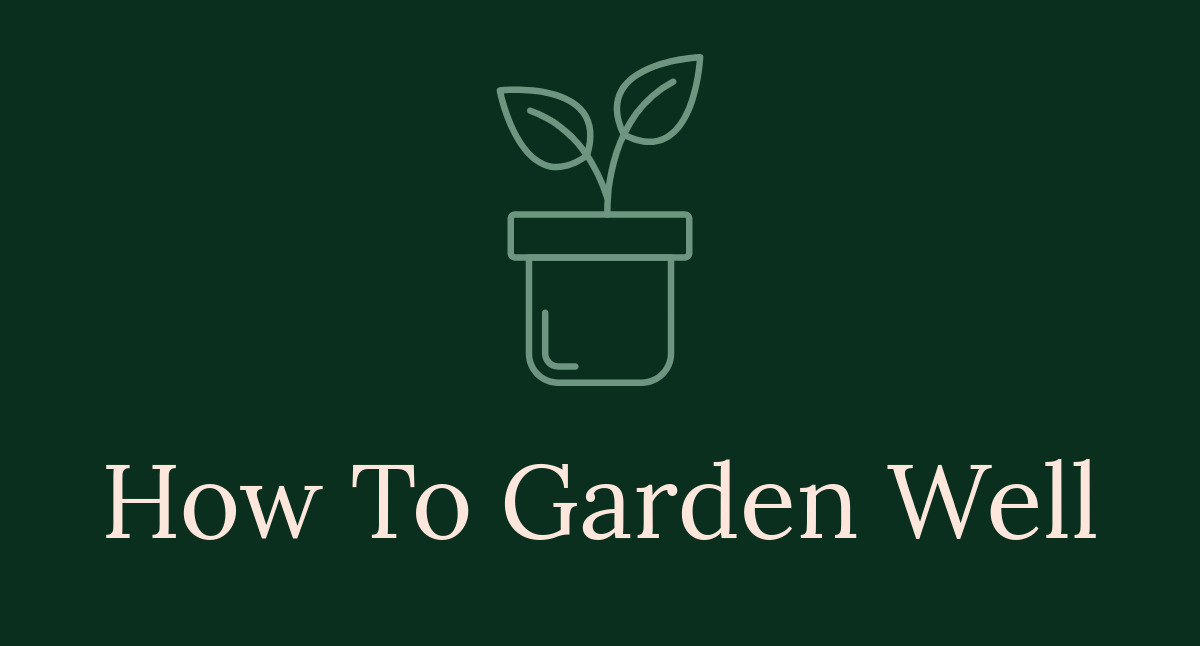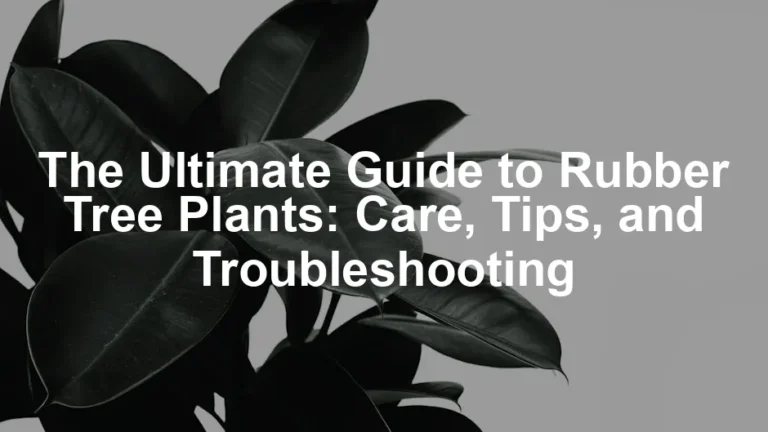
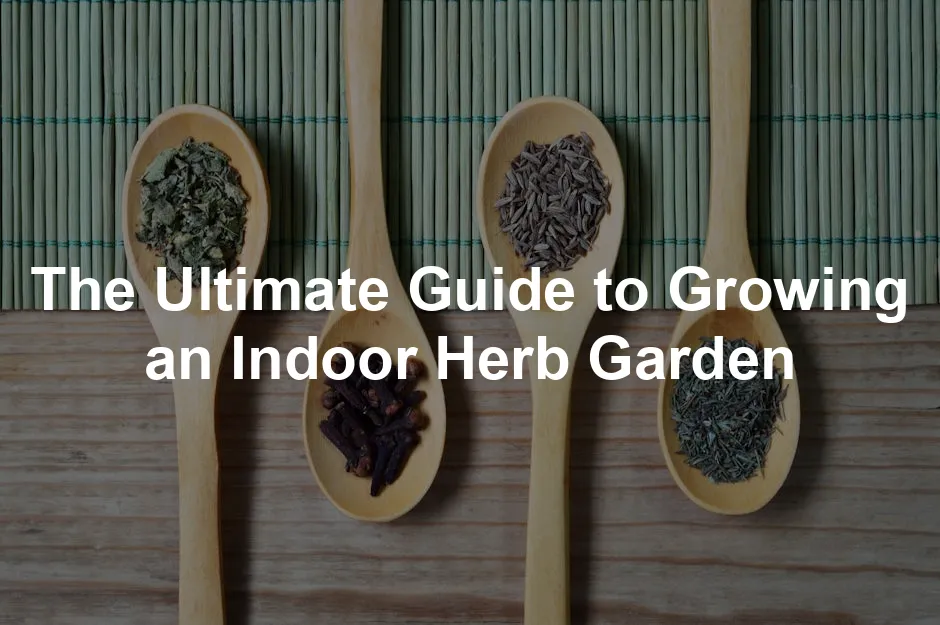
The Ultimate Guide to Growing an Indoor Herb Garden
Introduction
Are you tired of bland meals? Indoor herb gardening can spice up your life! Imagine having fresh herbs at your fingertips all year. It’s not just about flavor; it’s also about convenience. You can grow your favorite herbs right in your kitchen. This guide will show you how to start and maintain an indoor herb garden effortlessly.
Summary and Overview
Indoor herb gardens are becoming increasingly popular, especially in urban settings. City dwellers often lack outdoor space, making indoor gardening a perfect solution. You can use various methods, like hydroponics or traditional soil gardening. Each method has its perks.
You can grow an array of culinary herbs such as basil, cilantro, and mint. These herbs not only elevate your dishes but also offer health benefits. However, success hinges on proper care. Remember, adequate lighting, consistent watering, and regular maintenance are crucial for growth.

Selecting Herbs for Your Indoor Garden
Best Herbs for Indoor Growth
When choosing herbs for your indoor garden, consider those that thrive indoors.
- Basil: A must-have for sauces and salads. It loves sunlight and warmth.
- Parsley: Versatile and nutritious, great for garnishing.
- Mint: Perfect for teas and desserts, but it can spread quickly.
- Chives: Adds a mild onion flavor to dishes. They require minimal care.
Each herb has unique needs. Be sure to provide the right conditions for them to flourish.

Tips for Choosing the Right Seeds or Seedlings
Do you want the fastest route to success? Opt for seedlings instead of seeds. They are easier to manage and provide quicker results. If you choose seeds, ensure they are high-quality. Look for reputable brands or local garden centers for the best options. Starting with healthy plants increases your chances of a thriving indoor garden.
Ready to grow fresh herbs? Let’s get started!
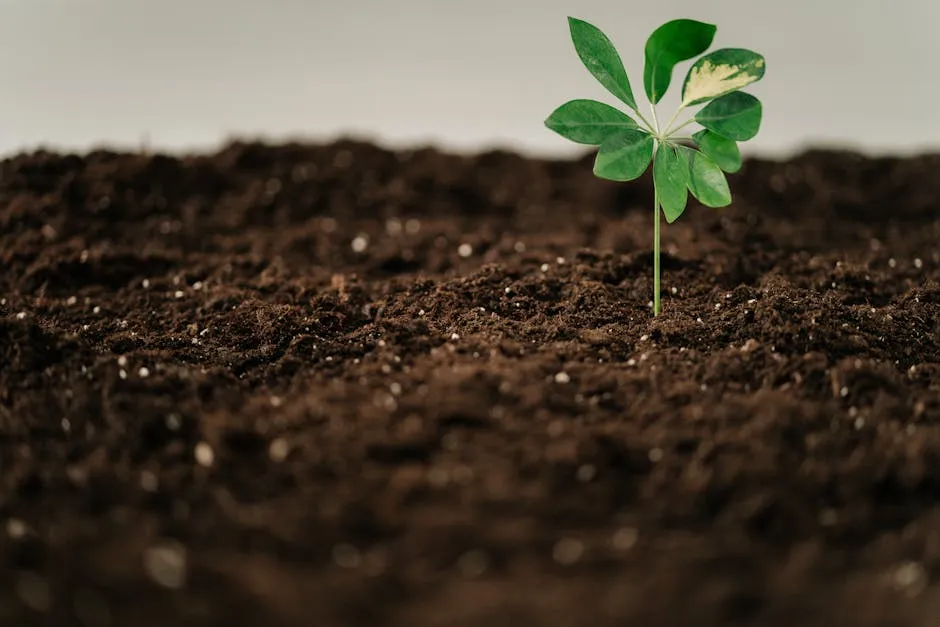
Choosing the Right Indoor Gardening System
Overview of Indoor Gardening Systems
Indoor gardening systems come in various types, each with unique features. Hydroponic systems use nutrient-rich water instead of soil. They promote fast growth and are often compact. However, they require careful monitoring and may cost more.
Soil-based systems are traditional and straightforward. They offer a familiar approach and better moisture retention. Yet, they can attract pests and require more maintenance.
Self-watering systems provide a middle ground. These systems automatically supply water as needed. They reduce the frequency of watering but can be pricier upfront.
Understanding these options helps you pick the best fit for your needs.

Recommended Indoor Garden Kits
If you’re ready to start your indoor herb garden, consider these top-rated kits:
- AeroGarden Harvest Elite
Price: $120
Features: Grows up to six herbs, digital display, vacation mode. Perfect for beginners.
Check it out here! - Click & Grow Smart Garden 3
Price: $100
Features: Self-watering, energy-efficient LED lights, easy to use. Ideal for small spaces.
Discover it here! - iDOO Hydroponics Growing System
Price: $70
Features: Adjustable light, customizable seed options. Great for those who want hands-on gardening.
Find it here! - Veritable Smart Indoor Garden
Price: $250
Features: Automatic watering, preset lighting, easy to maintain. A good choice for busy gardeners.
Explore it here!
These kits simplify the growing process and ensure you have fresh herbs at your fingertips.
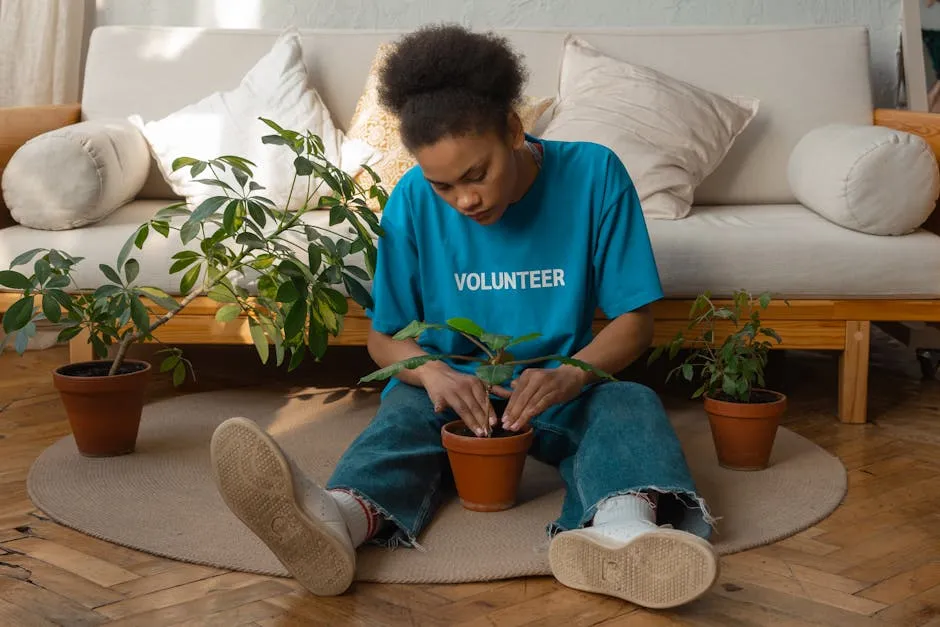
Setting Up Your Indoor Herb Garden
Ideal Location for Your Herb Garden
Selecting the right spot for your indoor herb garden is crucial. Most herbs thrive in bright light, needing six to eight hours daily. A south-facing window is ideal. If natural light is limited, consider using LED grow lights to supplement.
Temperature and humidity also matter. Most herbs prefer temperatures between 65°F to 75°F. Ensure your space has good airflow to prevent mold and pests. Monitoring these conditions leads to healthier plants.
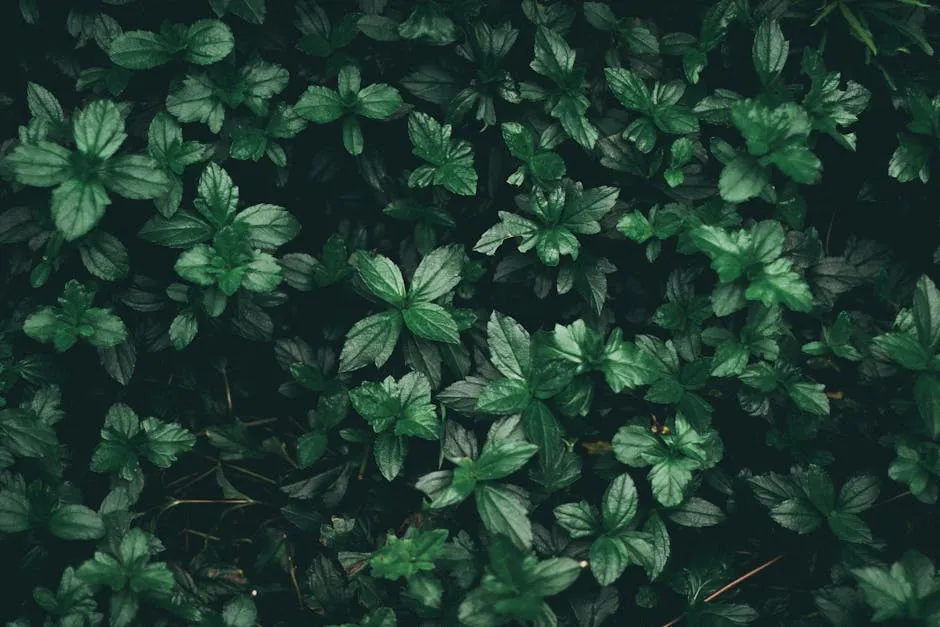
Choosing the Right Containers and Soil
Choosing the right containers is essential for herb health. Opt for pots with drainage holes to prevent waterlogging. Terra cotta pots are excellent as they absorb excess moisture.
For soil, use a well-draining potting mix for herbs. Look for mixes specifically designed for herbs or vegetables. This will promote healthy root development and overall plant growth. Remember, the right containers and soil make a significant difference in your indoor herb gardening success.

Caring for Your Indoor Herbs
Watering Techniques
Watering your indoor herbs properly is crucial. Generally, herbs need watering once a week. However, this varies based on the plant and environment. To check moisture, stick your finger about an inch into the soil. If it feels dry, it’s time to water.
Signs of overwatering include yellowing leaves or wilting plants. Underwatered herbs may have dry, crispy leaves. Adjust your watering schedule based on these signs. It’s always better to underwater than to overwater.

Lighting Requirements
Most herbs require six to eight hours of light daily. Herbs like basil and rosemary thrive in bright light. A south-facing window is ideal for maximum exposure. If natural light is limited, consider using grow lights.
During winter months, grow lights can help your herbs flourish. LED grow lights are energy-efficient and effective. Position them close to your plants for best results. Providing adequate light ensures your herbs remain healthy and productive.
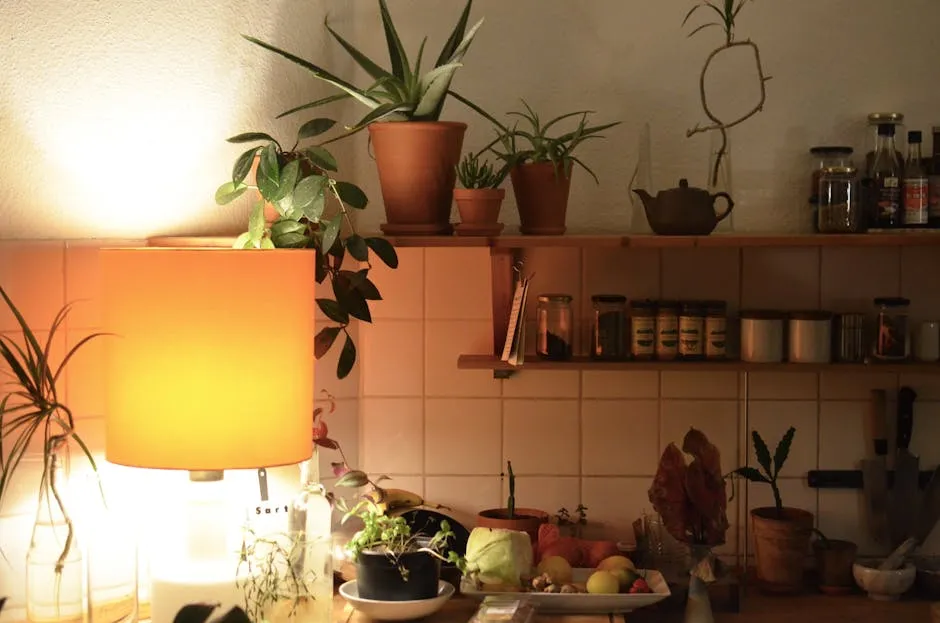
Maintaining Your Indoor Herb Garden
Regular Maintenance Tasks
Maintaining your indoor herb garden is essential for success. Regular tasks include pruning, harvesting, and repotting. Pruning encourages bushier growth and prevents leggy plants. Harvesting allows you to enjoy fresh herbs while promoting new growth.
Repotting is necessary when your herbs outgrow their containers. This helps prevent root binding and supports healthy growth. Consistent maintenance leads to thriving plants and a bountiful herb harvest.
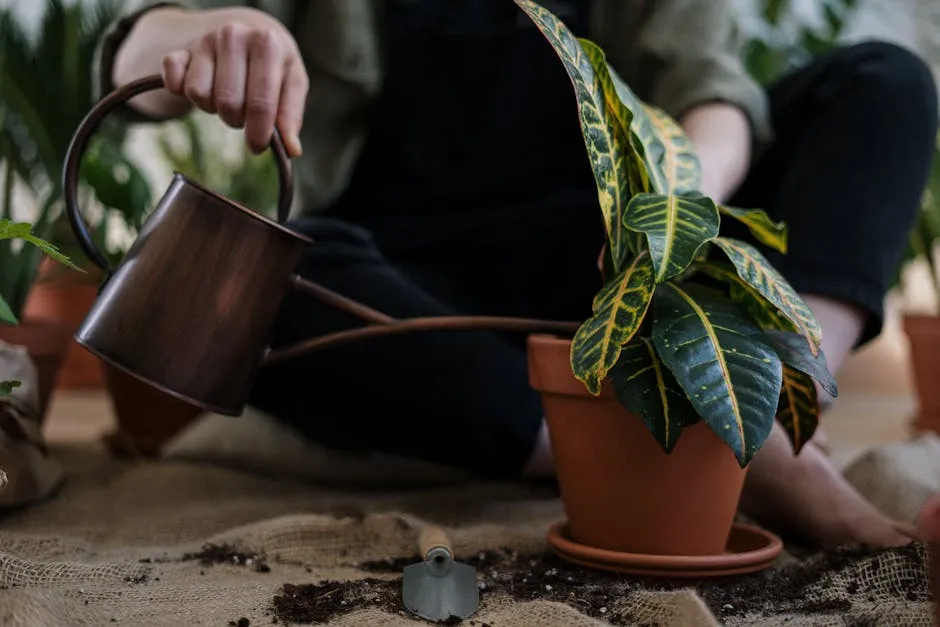
Common Pests and Diseases
Indoor herbs can face pests like aphids and spider mites. To prevent these issues, inspect your plants regularly. Keep the area around your herbs clean and free of debris.
For pest control, consider organic methods like organic neem oil or insecticidal soap. These options are effective and safe for food plants. Addressing problems early helps keep your herbs healthy and productive. Learn more about neem oil for plants to enhance your pest control strategies.

Using organic methods like neem oil can effectively control common pests in your indoor herb garden.
Harvesting and Using Your Herbs
Best Practices for Harvesting
Harvesting your herbs correctly can boost their growth. The best time to harvest is in the morning. This is when the essential oils are most concentrated, giving your herbs the best flavor. Aim to cut the stems just above a leaf node. This encourages the plant to branch out and produce more leaves.
Use sharp herb scissors or garden shears for clean cuts. Avoid tearing the leaves, as this can damage the plant. Remove only a third of the plant at a time to ensure it remains healthy. Regular harvesting promotes new growth and keeps your herbs lush.

Culinary Uses for Fresh Herbs
Fresh herbs can elevate many dishes. Think about adding basil to pasta sauces or mint to yogurt for a refreshing dip. You can sprinkle parsley on salads or use rosemary to flavor roasted vegetables. The possibilities are endless!
Consider trying a simple recipe like herb-infused olive oil. Just blend fresh herbs with olive oil, strain, and store it in a bottle. Use this flavorful oil for drizzling on salads or dipping bread. Alternatively, create a refreshing herb tea by steeping mint leaves in hot water. Enjoy your homegrown herbs in creative ways! You can find more about growing mint plants for your culinary needs.
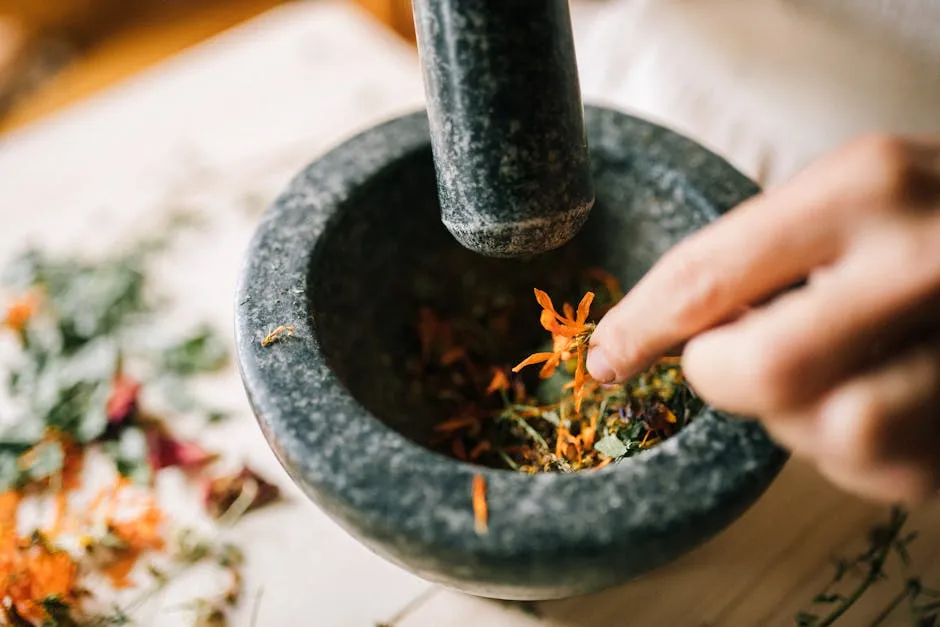
Using fresh mint can enhance your culinary creations.
Conclusion
Growing an indoor herb garden offers numerous benefits. You gain access to fresh herbs right in your kitchen. This not only enhances your meals but also brings a touch of nature indoors.
Why not give it a try? Start with easy-to-grow herbs like basil or parsley. You’ll soon enjoy the fresh flavors and aromas. For more guidance, visit your local gardening store or explore online resources for tips and supplies. Happy gardening!
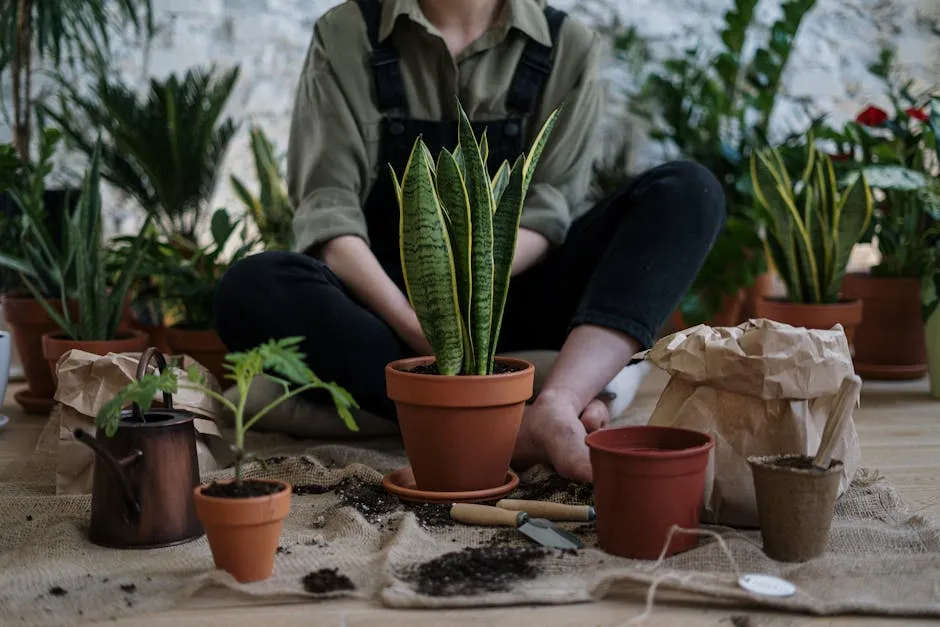
FAQs
How much light do indoor herbs need?
Indoor herbs generally need six to eight hours of light. Herbs like basil and rosemary thrive in bright light. If natural sunlight is insufficient, consider using grow lights. These provide the intensity needed for optimal growth, especially in winter months. Position grow lights just a few inches above your plants for best results.
Can I grow herbs indoors year-round?
Absolutely! Growing herbs indoors offers the advantage of fresh flavors throughout the year. Adjust your care based on seasons. In winter, use grow lights to supplement natural light. Maintain a consistent watering schedule and monitor temperature and humidity to keep your plants healthy. Indoor herbs can flourish regardless of outdoor conditions.
What is the best way to water indoor herbs?
Watering indoor herbs requires attention. It’s best to keep the soil consistently moist but not soggy. Check soil moisture by inserting your finger an inch deep. If it feels dry, it’s time to water. Avoid overwatering, as this leads to root rot. Use pots with drainage holes to help excess water escape, ensuring healthy growth.
Do I need special soil for my indoor herb garden?
Yes, using the right soil is crucial. A well-draining potting mix designed for herbs or vegetables works best. This type of soil retains moisture while allowing excess water to drain away. Terra cotta pots paired with this soil can enhance drainage, helping prevent root problems and ensuring your herbs get the nutrients they need.
How can I prevent my herbs from getting leggy?
Leggy herbs indicate they are not receiving enough light. To fix this, move your plants closer to a light source or use grow lights. Regularly pinch back the leggy growth to encourage bushier plants. Rotating your herbs can also ensure they grow evenly, reducing the chance of legginess.
Are there any herbs that are particularly difficult to grow indoors?
Some herbs like dill and tarragon can be tricky indoors. They often require more space and light than typical indoor conditions provide. If you’re new to indoor gardening, consider starting with basil, parsley, or mint, which are easier to manage. These herbs not only thrive indoors but also add delightful flavors to your cooking.
Please let us know what you think about our content by leaving a comment down below!
Thank you for reading till here 🙂
All images from Pexels
